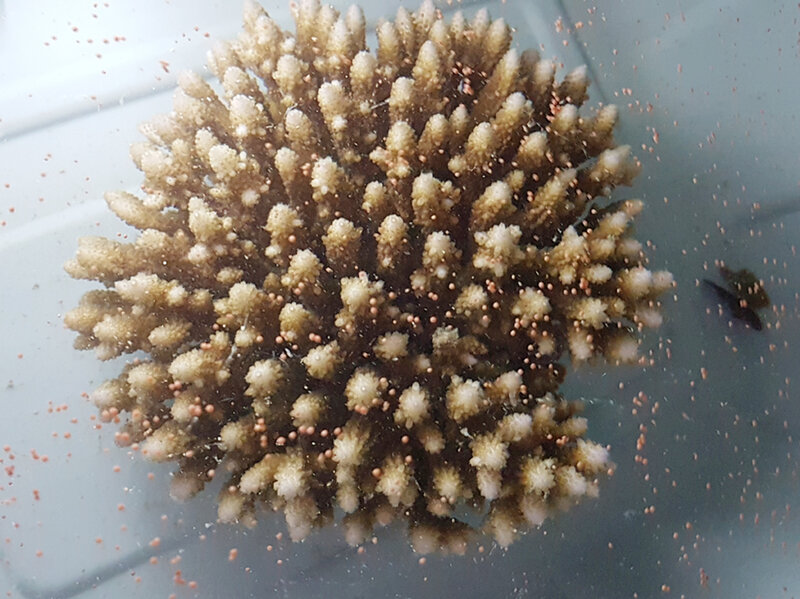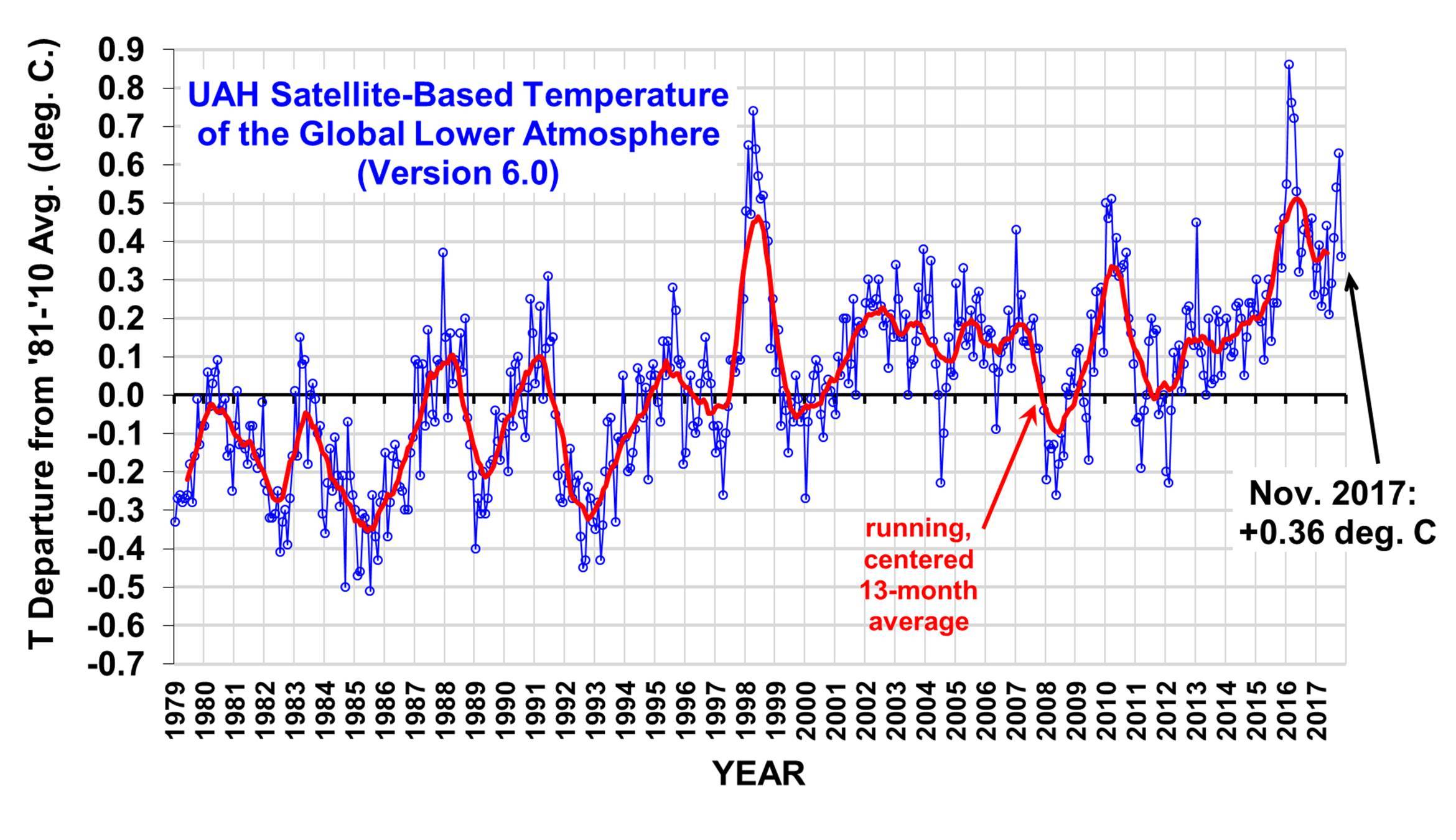Old Rocks
Diamond Member
Without horses we would not have been able to settle North America as fast as we did. How many millions of horses do you see on the freeway today? Hydrocarbons have had there run, and now we have better ways. Besides, really dumb to burn as useful of an industrial stock as oil.Without hydrocarbons, half the world's population would not exist today.





